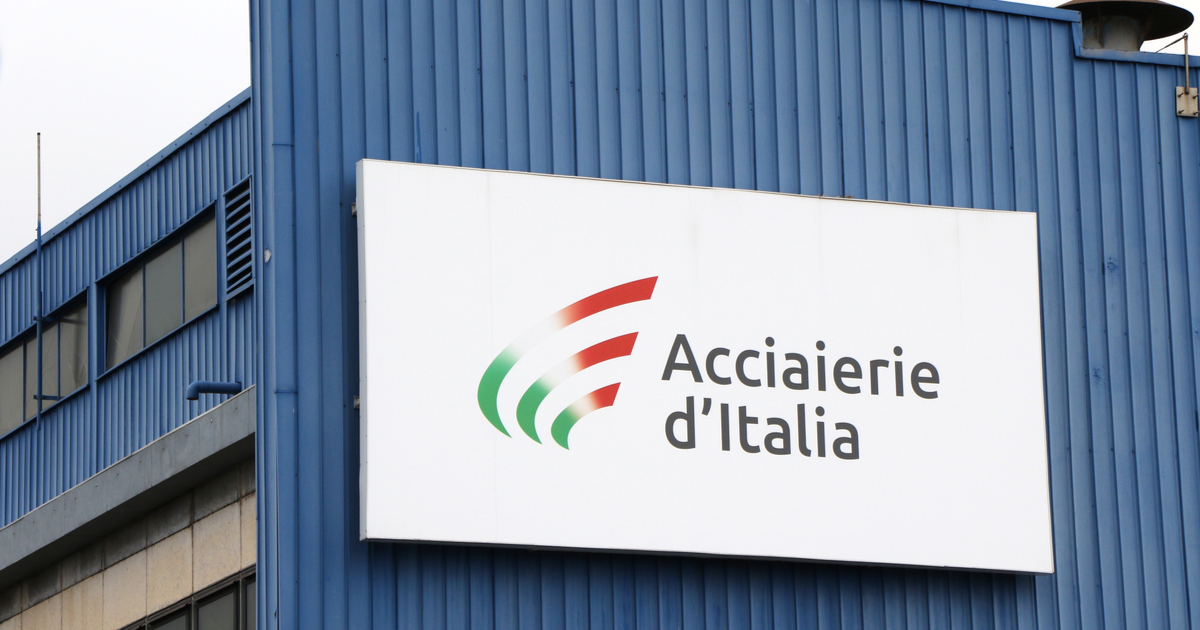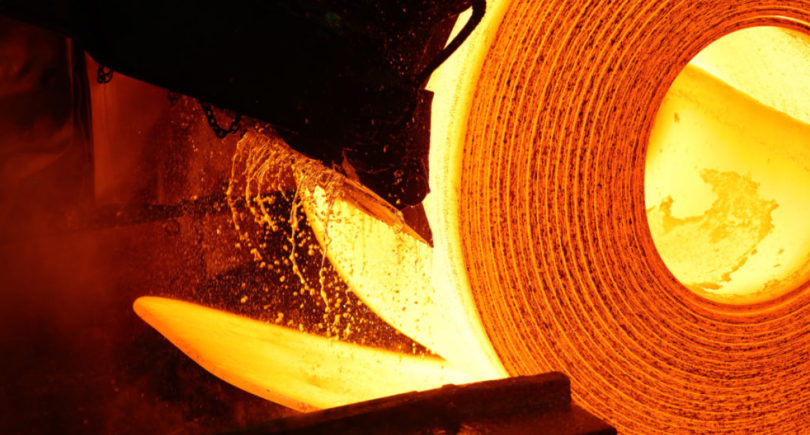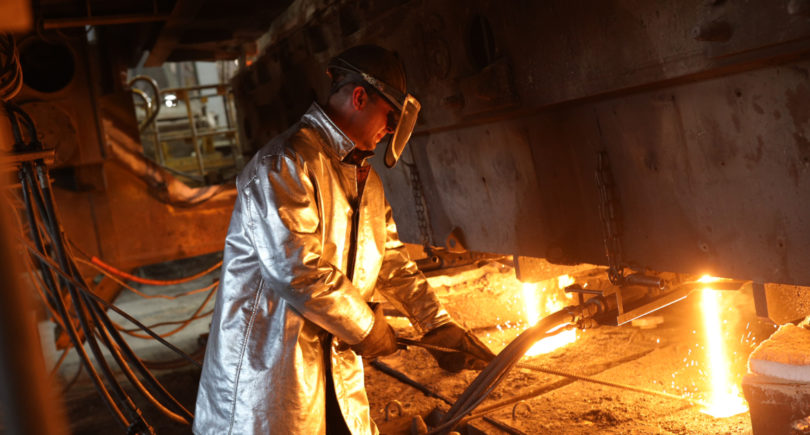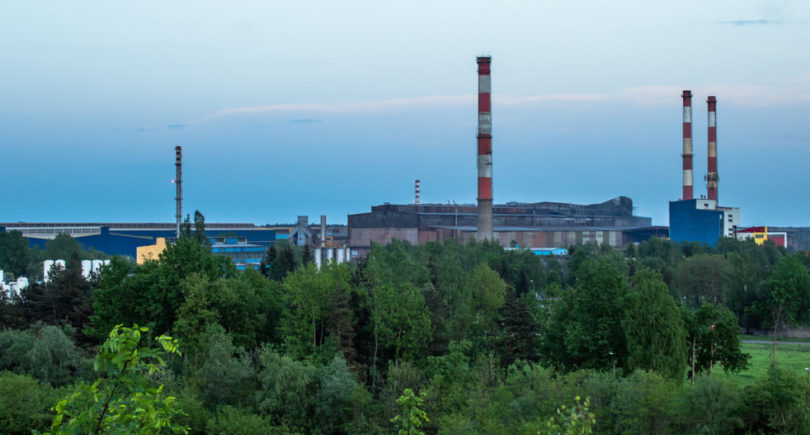
The company has an order book of 740 thousand tons for the next three months
Last year, Acciaierie d’Italia (ADI) returned 95% of its historical customers. This was stated during a hearing in the Senate by the special commissioner Giancarlo Quaranta, ANSA reports.
For the next three months, ADI has a portfolio of orders totaling 740 thousand tons at an average price of €638/t. In addition, it is planned to supply about 1 million tons of steel under index contracts worth €650 million by the end of this year. According to Quaranta, the special administration has eliminated all the accumulated delays, which has improved product quality and increased the company’s reliability.
Last year, ADI’s shipments amounted to approximately 2 million tons, which is in line with production volumes.
At the time of the administrators’ arrival at the company (February 2024), in January-February, the Taranto plant, on which other companies depend, produced 280 thousand tons, or 4 thousand tons per day, with only one blast furnace operating. Last year, the new management achieved daily steel production of approximately 9.5 thousand tons.
The commissioner noted the difficult situation on the global steel market, Kallanish writes. However, he considers Acciaierie d’Italia’s results satisfactory. The company has restored relations with international raw material suppliers. The Taranto steel mill needs significant volumes of gas and capital investment to speed up operations. The government is considering injecting €250 million into the company.
According to Quaranta, these resources are essential for the company. The strategy of the commissioners includes restarting blast furnaces to reach a production target of 5-6 million tons, the volume needed for ADI to cover its costs. The process requires a number of investments, without which it is difficult for a buyer to take over the company.
The commissioners of Acciaierie d’Italia plan to reach 3.5 million tons of steel production in 2025, which will gradually increase after the restart of blast furnace No. 2. To implement the plan, they asked the Italian Minister of Labor to extend the temporary layoffs for another 12 months, starting in March.




